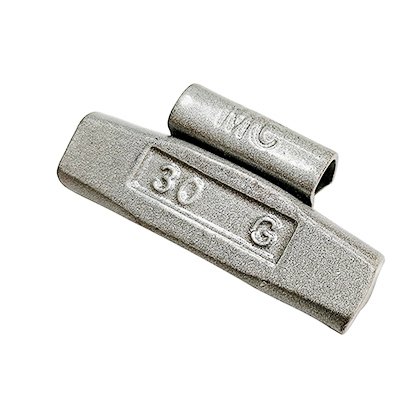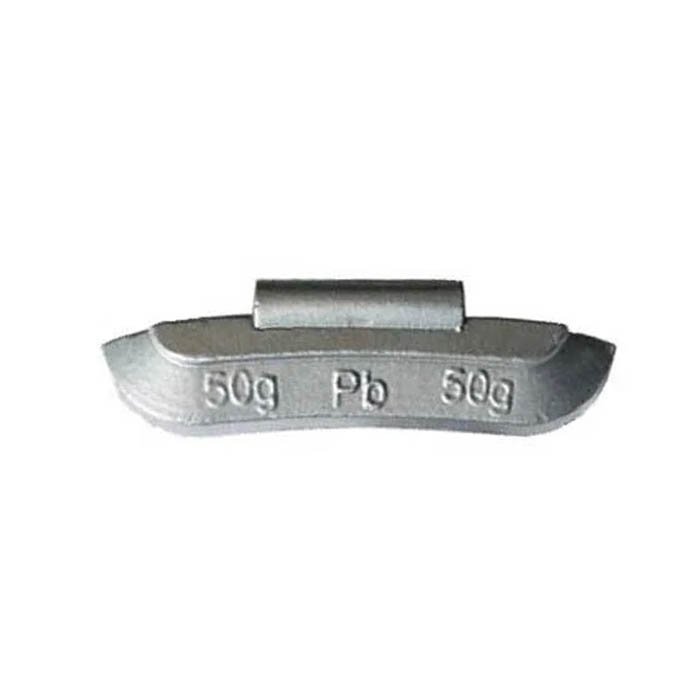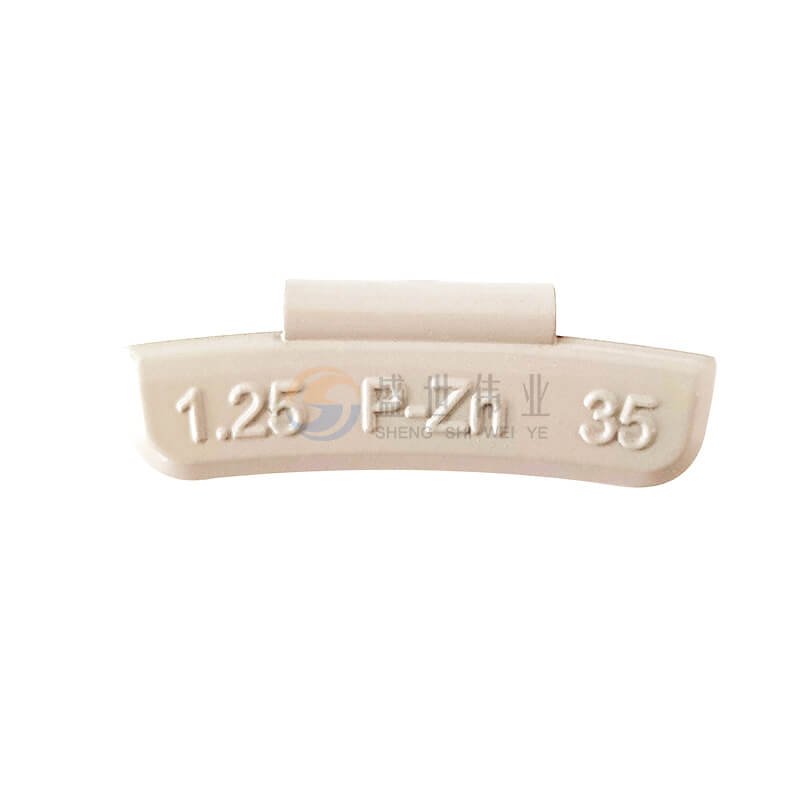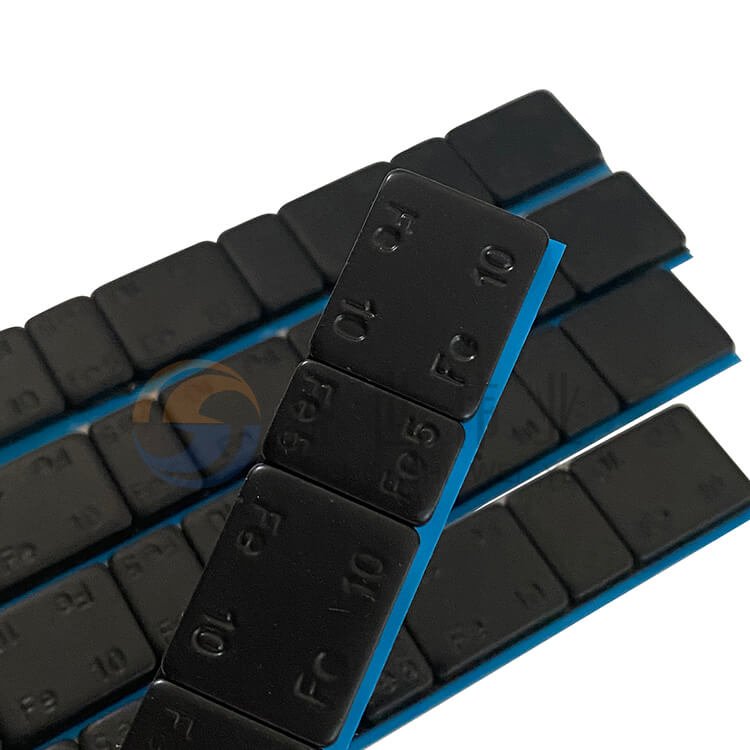Can you use clip-on weights on all wheels?
Not all wheels can use clip-on weights. Their applicability mainly depends on the design structure of the wheel hub, which can be analyzed from the following aspects:
1. How clip-on weights work
Clip-on weights are clipped into the groove on the edge of the wheel hub by a metal clip ("hook") and fixed by the elastic tension of the clip. This design requires that the edge of the wheel hub must have a continuous ring of protrusions or grooves that can accommodate the clip (commonly seen on the edge of steel wheels) to achieve a stable installation.
2.Situations where clip-on weights are not applicable
Aluminum alloy wheels (mostly)
In pursuit of lightness and aesthetics, aluminum alloy wheels are usually designed with thinner edges, no slots, and polished, electroplated, and other treatments on the surface. The metal clips of clip-on weights may:
- Scratches the wheel hub surface and damages the appearance;
- Because aluminum alloy is relatively soft, the clamping force of the clip may cause the wheel hub edge to deform;
- Some aluminum alloy wheel hubs have curved or tilted edges, which do not have a suitable position for clipping。
Specially shaped modified wheels
High-performance vehicles or modified wheels (such as "floating wheels" or "multi-spoke complex shapes") may completely eliminate the traditional edge slots, or due to the compact structure and complex lines, there is not enough space to accommodate the clips of the hook-type balance weights. In this case, the only option is to stick on the weights.
Lightweight wheels (such as racing cars and new energy vehicles).
To reduce weight, this type of wheel has a very simple edge design, and even adopts a "flangeless" structure. The clip-on balance weight has no mounting fulcrum and cannot be fixed.
3. Why can't aluminum alloy wheels use clip-on weights?
| Problem | Cause | Consequence |
| Structural incompatibility | Aluminum alloy wheel edge without clip-on slot | The weights cannot be fixed and are easy to fall off |
| Low material hardness | Aluminum alloy is softer than steel | Hammering may cause the wheel hub to deform or crack |
| Aesthetic needs | Aluminum alloy wheels focus on appearance | Exposed clips affect visual appearance |
4.Scenarios where clip-on weights are applicable
Clip-on weights are not completely obsolete. Their advantages are low cost and easy installation. They are suitable for:
- Steel hubs: Traditional steel hubs have obvious grooves on the edges, and the material is hard, which can withstand the tension of the clip and is not easy to deform or scratch.
- Commercial vehicles/trucks: These vehicles have low requirements for wheel hub aesthetics and are more focused on cost and durability. Clip-on weights are widely used.
The applicability of clip-on weights is limited by the structural design of the wheel hub, and is only suitable for steel wheels with edge slots or specific commercial vehicle wheels. For aluminum alloy wheels and special-shaped wheels of mainstream passenger cars, stick-on weights are a more suitable choice. Therefore, not all wheels can use clip-on weights, and they need to be matched according to the wheel hub type and design.
Related knowledge
Do all four tires need wheel weights?
Related Products
 |
 |
 |
 |
| Steel Clip on wheel weiht | Lead Clip on wheel weight | Zinc Clip on wheel weight | Black wheel weight |

